-
 Bitcoin
Bitcoin $83,291.0340
-0.96% -
 Ethereum
Ethereum $1,826.6379
-1.54% -
 Tether USDt
Tether USDt $0.9998
0.00% -
 XRP
XRP $2.0549
-1.26% -
 BNB
BNB $606.8753
1.28% -
 Solana
Solana $119.1310
-4.05% -
 USDC
USDC $1.0000
0.00% -
 Dogecoin
Dogecoin $0.1659
-1.56% -
 Cardano
Cardano $0.6500
-2.57% -
 TRON
TRON $0.2364
-0.34% -
 Toncoin
Toncoin $3.7730
-5.06% -
 UNUS SED LEO
UNUS SED LEO $9.4476
0.65% -
 Chainlink
Chainlink $13.0772
-2.81% -
 Stellar
Stellar $0.2627
-1.16% -
 Avalanche
Avalanche $18.6021
-1.63% -
 Sui
Sui $2.3506
0.90% -
 Shiba Inu
Shiba Inu $0.0...01230
1.04% -
 Hedera
Hedera $0.1637
0.05% -
 Litecoin
Litecoin $83.5759
2.10% -
 Polkadot
Polkadot $4.0229
-0.74% -
 MANTRA
MANTRA $6.3749
2.08% -
 Bitcoin Cash
Bitcoin Cash $303.6743
-0.24% -
 Bitget Token
Bitget Token $4.5449
-0.46% -
 Dai
Dai $1.0000
-0.01% -
 Ethena USDe
Ethena USDe $0.9997
-0.01% -
 Pi
Pi $0.6435
-7.05% -
 Hyperliquid
Hyperliquid $12.2904
-5.52% -
 Monero
Monero $214.8078
-0.76% -
 Uniswap
Uniswap $6.0066
-0.82% -
 Aptos
Aptos $5.2560
0.22%
The operating model of DAO and its application scenarios
DAOs use blockchain for autonomous, transparent governance via smart contracts, enabling community-driven decisions in DeFi, supply chains, and more, despite facing security and scalability challenges.
Mar 30, 2025 at 05:57 am
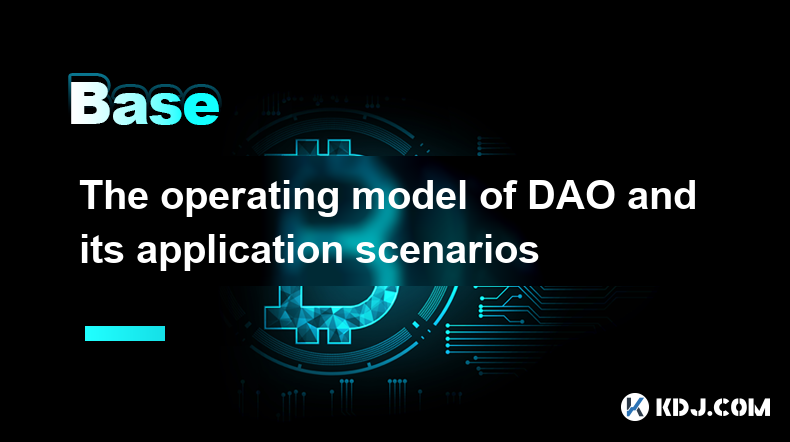
Understanding Decentralized Autonomous Organizations (DAOs)
Decentralized Autonomous Organizations (DAOs) represent a novel organizational structure leveraging blockchain technology. Unlike traditional organizations with centralized control, DAOs operate autonomously based on pre-defined rules encoded in smart contracts. These smart contracts govern all aspects of the DAO, from treasury management to proposal voting. Members participate through tokens, granting voting rights proportional to their holdings. This fosters a transparent and democratic decision-making process. The core functionality rests on the immutability and transparency inherent in blockchain technology.
How DAOs Function: A Step-by-Step Guide
The operational model of a DAO hinges on several key steps:
Proposal Submission: Members can propose changes or initiatives within the DAO. This might involve funding a project, changing governance parameters, or allocating resources.
Voting Process: Proposals are then put to a vote among token holders. The voting mechanism is typically defined in the smart contract, specifying the required quorum and voting threshold for approval.
Execution: Once a proposal passes the required voting threshold, the smart contract automatically executes the action. This could involve transferring funds, deploying new contracts, or making other changes to the DAO's operations.
Transparency and Auditability: All transactions and votes are recorded on the blockchain, ensuring complete transparency and auditability. This fosters accountability and prevents manipulation.
Governance Mechanisms within DAOs
DAOs employ various governance mechanisms to ensure efficient and fair operation. These include:
Token-weighted voting: Members' voting power is directly proportional to their token holdings. This incentivizes participation and aligns incentives with the DAO's success.
Quadratic voting: This system gives more weight to smaller token holders, mitigating the influence of large stakeholders and promoting broader participation.
Liquid democracy: Members can delegate their voting rights to other trusted members, allowing for more efficient decision-making, particularly in large DAOs.
Reputation systems: Some DAOs incorporate reputation systems to reward active and constructive members, influencing their voting power or access to certain privileges.
Application Scenarios of DAOs
The potential applications of DAOs are vast and span various sectors. Here are some prominent examples:
Decentralized Finance (DeFi): DAOs are increasingly used to govern DeFi protocols, enabling community-driven development and decision-making regarding protocol parameters and upgrades. This empowers users to directly influence the platforms they utilize.
Decentralized Autonomous Organizations (DAOs): DAOs themselves represent a key application scenario, enabling the creation of self-governing entities for various purposes. This includes community-owned projects, investment funds, and social impact initiatives.
Supply Chain Management: DAOs can enhance transparency and traceability in supply chains by recording all transactions and movements of goods on the blockchain. This helps to combat counterfeiting and ensure ethical sourcing.
Non-Fungible Tokens (NFTs): DAOs can manage and govern NFT collections, enabling community-driven decisions about the future development and utility of the NFTs.
DAO Treasury Management
A crucial aspect of DAO operations is the management of its treasury. This involves:
Funding Mechanisms: DAOs can raise funds through token sales, grants, or other fundraising methods. The smart contracts govern how these funds are allocated and spent.
Budgeting and Allocation: The DAO's community decides how to allocate treasury funds through a voting process. This ensures that resources are used efficiently and in alignment with the DAO's goals.
Auditing and Transparency: Regular audits of the DAO's treasury are essential to maintain transparency and accountability. All transactions are recorded on the blockchain, allowing for easy verification.
Challenges and Considerations for DAOs
Despite their potential, DAOs face certain challenges:
Security Risks: Smart contracts are vulnerable to exploits, which could lead to the loss of funds or compromise the DAO's integrity. Rigorous audits and security best practices are crucial.
Scalability Issues: Some DAOs may face scalability challenges as they grow, impacting the efficiency of voting and transaction processing.
Regulatory Uncertainty: The regulatory landscape for DAOs is still evolving, creating uncertainty for developers and users.
Participation and Governance: Ensuring active participation and effective governance in large DAOs can be difficult, requiring mechanisms to encourage engagement and prevent manipulation.
Common Questions and Answers
Q: What is the difference between a DAO and a traditional company?
A: A DAO operates autonomously based on pre-programmed rules in smart contracts, while traditional companies are centrally managed by a board of directors or executives. DAOs are decentralized, transparent, and community-governed, unlike traditional companies.
Q: How can I participate in a DAO?
A: Participation typically involves acquiring the DAO's governance token. The amount of tokens you hold determines your voting power within the DAO. Each DAO will have its own specific requirements and processes for participation.
Q: Are DAOs legally recognized?
A: The legal status of DAOs varies across jurisdictions. There is currently no universally accepted legal framework for DAOs, and this is an area of ongoing development and debate.
Q: What are the risks associated with DAOs?
A: Risks include smart contract vulnerabilities, governance challenges, regulatory uncertainty, and the potential for manipulation or attacks. Thorough due diligence and careful consideration of these risks are crucial before participating in a DAO.
Q: How are decisions made in a DAO?
A: Decisions are made through a voting process among token holders. The specific voting mechanism, quorum requirements, and voting thresholds are defined in the DAO's smart contract. Transparency is key, with all votes and decisions recorded on the blockchain.
Disclaimer:info@kdj.com
The information provided is not trading advice. kdj.com does not assume any responsibility for any investments made based on the information provided in this article. Cryptocurrencies are highly volatile and it is highly recommended that you invest with caution after thorough research!
If you believe that the content used on this website infringes your copyright, please contact us immediately (info@kdj.com) and we will delete it promptly.
- Bitcoin (BTC) price falls four per cent after Donald Trump imposes tariffs on trading partners worldwide
- 2025-04-03 14:25:13
- Ethereum Price Fails to Maintain Gains
- 2025-04-03 14:25:13
- Justin Sun, Founder of Tron, Steps in to Rescue TrueUSD (TUSD) from a $456M Reserve Crisis
- 2025-04-03 14:20:12
- Meme Coins Are Exploding, Here's Why They're So Appealing
- 2025-04-03 14:20:12
- Qubetics ($TICS): The Best 100x Crypto for Real Utility and ROI
- 2025-04-03 14:15:12
- Ethereum Faces Tough Market Conditions
- 2025-04-03 14:15:12
Related knowledge
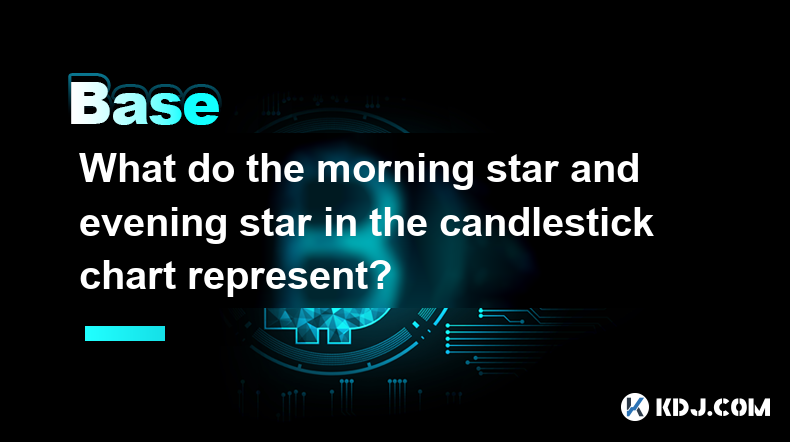
What do the morning and dusk stars in the candlestick chart represent?
Apr 03,2025 at 03:11pm
In cryptocurrency trading, the K-line chart is an important tool for analyzing market trends and price movements. Among them, 'Morning Star' and 'Evening Star' are two important reversal patterns, which represent the key signals of the market's shift from a bear market to a bull market and from a bull market to a bear market, respect...
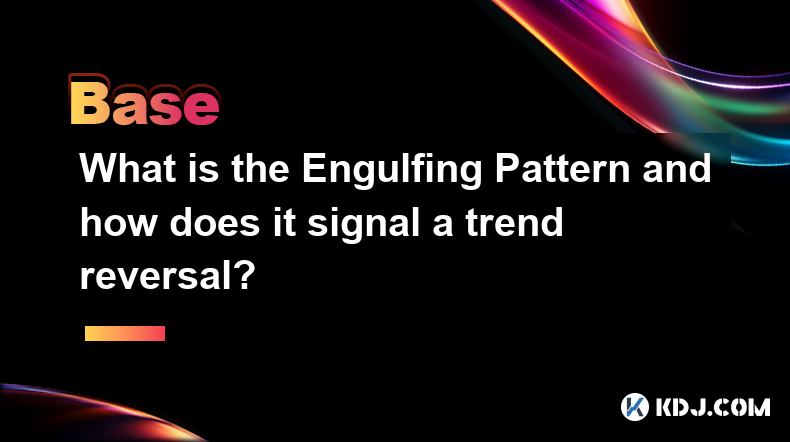
What is the swallowing form? How does it predict a trend reversal?
Apr 03,2025 at 03:07pm
In cryptocurrency trading, technical analysis is one of the important tools traders use to predict market trends and make trading decisions. Among them, the Engulfing Pattern is a common K-line pattern. When it appears on the chart, it is usually considered a signal of a trend reversal. This article will explore in detail what the engulfing pattern is a...
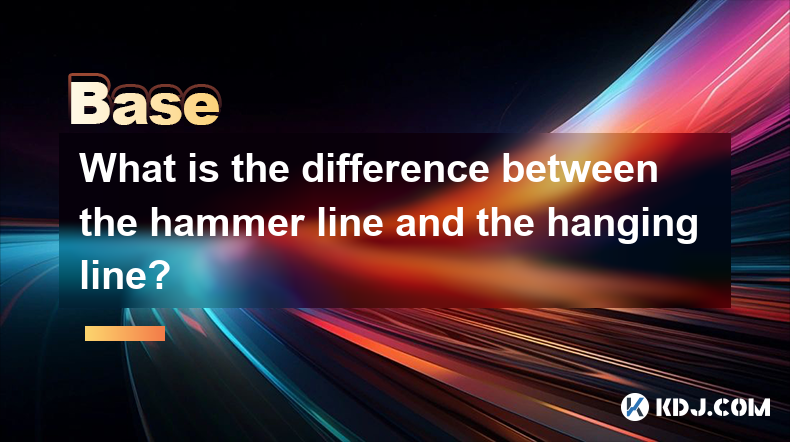
What is the difference between the hammer line and the hanging line?
Apr 03,2025 at 03:03pm
The hammer line and the 'hanging line' pattern are common K-line patterns in technical analysis. They are very similar in appearance, but there are significant differences in the market environment and the predicted market trend. This article will explore the differences between these two forms in detail and help readers better understand and use them f...
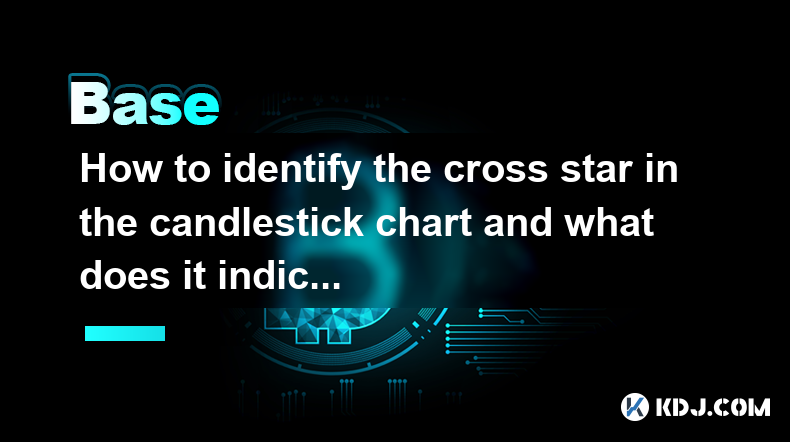
How to identify the cross star in the candle chart and what does it mean?
Apr 03,2025 at 02:57pm
In cryptocurrency trading, the K-line chart is one of the important tools to analyze market trends and price movements. Among them, 'Cross Star' is a common K-line pattern, which is of great significance in analyzing market sentiment and predicting price trends. This article will introduce in detail how to identify the 'cross star' in th...
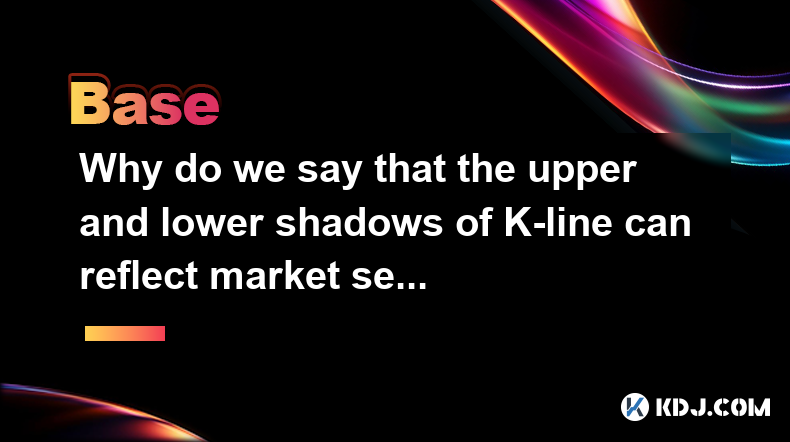
Why do the upper and lower shadows of the K-line reflect market sentiment?
Apr 03,2025 at 02:53pm
The K-line chart is one of the most commonly used tools in technical analysis, and the upper and lower shadows can intuitively reflect the market's long and short emotions and the psychological state of traders. By carefully observing and analyzing the upper and lower shadows of the K-line, investors can better understand market dynamics and make sm...

What are positive and negative lines? What is the difference between them?
Apr 03,2025 at 02:47pm
In the cryptocurrency market, the K-line chart is a commonly used technical analysis tool to show price changes. Each 'candle' in the K-line chart represents the price trend over a period of time, among which 'yang line' and 'yin line' are two key concepts. Understanding them is essential to analyzing market trends and making trading decisions. What is ...

What do the morning and dusk stars in the candlestick chart represent?
Apr 03,2025 at 03:11pm
In cryptocurrency trading, the K-line chart is an important tool for analyzing market trends and price movements. Among them, 'Morning Star' and 'Evening Star' are two important reversal patterns, which represent the key signals of the market's shift from a bear market to a bull market and from a bull market to a bear market, respect...

What is the swallowing form? How does it predict a trend reversal?
Apr 03,2025 at 03:07pm
In cryptocurrency trading, technical analysis is one of the important tools traders use to predict market trends and make trading decisions. Among them, the Engulfing Pattern is a common K-line pattern. When it appears on the chart, it is usually considered a signal of a trend reversal. This article will explore in detail what the engulfing pattern is a...

What is the difference between the hammer line and the hanging line?
Apr 03,2025 at 03:03pm
The hammer line and the 'hanging line' pattern are common K-line patterns in technical analysis. They are very similar in appearance, but there are significant differences in the market environment and the predicted market trend. This article will explore the differences between these two forms in detail and help readers better understand and use them f...

How to identify the cross star in the candle chart and what does it mean?
Apr 03,2025 at 02:57pm
In cryptocurrency trading, the K-line chart is one of the important tools to analyze market trends and price movements. Among them, 'Cross Star' is a common K-line pattern, which is of great significance in analyzing market sentiment and predicting price trends. This article will introduce in detail how to identify the 'cross star' in th...

Why do the upper and lower shadows of the K-line reflect market sentiment?
Apr 03,2025 at 02:53pm
The K-line chart is one of the most commonly used tools in technical analysis, and the upper and lower shadows can intuitively reflect the market's long and short emotions and the psychological state of traders. By carefully observing and analyzing the upper and lower shadows of the K-line, investors can better understand market dynamics and make sm...

What are positive and negative lines? What is the difference between them?
Apr 03,2025 at 02:47pm
In the cryptocurrency market, the K-line chart is a commonly used technical analysis tool to show price changes. Each 'candle' in the K-line chart represents the price trend over a period of time, among which 'yang line' and 'yin line' are two key concepts. Understanding them is essential to analyzing market trends and making trading decisions. What is ...
See all articles























































































